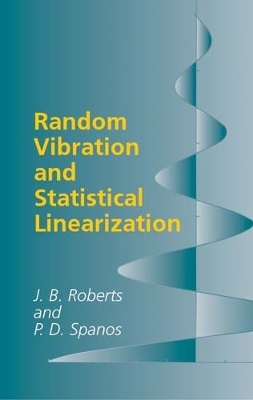Dover Civil and Mechanical Engineering
2 total works
This monograph is dedicated to the field of stochastic finite elements, a rapidly evolving field concerned with the analysis of a class of discrete mathematical models of engineering systems whose properties and excitations can be represented as random processes. The evolution of the field should be viewed in context with the recent growth in availability of computational resources, which has triggered intense interest in developing models for engineering systems that are reliable and incorporate many of the real-world features, randomness being one of them. The key issues associated with stochastic finite elements are identified in this text, and an instructive review of relevant theoretical topics is presented. Special attention is devoted to a spectral approach to stochastic finite elements analysis, which can be construed as an extension of the deterministic FEM to stochastic problems. A number of problems from structural mechanics are treated in the book demonstrating the usefulness of the spectral approach.
Random Vibration and Statistical Linearization
by J B Roberts and Pol D. Spanos
Published 28 March 1990
Interest in the study of random vibration problems using the concepts of stochastic process theory has grown rapidly due to the need to design structures and machinery which can operate reliably when subjected to random loads, for example winds and earthquakes. This is the first comprehensive account of statistical linearization - powerful and versatile methods with related techniques allowing the solution of a very wide variety of practical non-linear random vibration problems. The principal value of these methods is that unlike other analytical methods, they are readily generalized to deal with complex mechanical and structural systems and complex types of excitation such as earthquakes.

